




Tooth demineralization and enamel microfractures may seem like minor issues during initial detection, but in the world of oral care technology, they signal a silent yet dangerous crisis. As leading oral care product manufacturers, understanding the interplay between these two conditions is critical to preventing long-term dental damage and protecting end-user health.
Tooth demineralization refers to the loss of essential minerals, such as calcium and phosphate, from the tooth surface, leading to enamel weakening. In daily oral care:
Manufacturers must recognize this as a progressive condition that undermines enamel integrity at a microscopic level.
Simultaneously, enamel microfractures develop from mechanical stresses:
While microscopic, these fractures compromise the enamel’s protective role, providing entry points for acids and bacteria. Company web: https://www.powsmart.com/product/electric-toothbrush/
Absolutely. Tooth demineralization weakens the enamel structure, making it more susceptible to microfracture formation. Conversely, enamel microfractures expose vulnerable inner layers, accelerating demineralization. This forms a damaging feedback loop where each condition worsens the other—often undetectable by users until advanced stages of decay.
Without careful engineering, oral care products may unintentionally contribute to this crisis:
Devices that ignore the delicate balance of mechanical force and chemical protection inadvertently accelerate enamel breakdown.
To combat tooth demineralization and enamel microfractures, manufacturers should:
Implementing these strategies allows brands to offer products that proactively protect enamel rather than damage it.
Tooth demineralization and enamel microfractures represent a hidden but escalating oral health risk. For manufacturers, the crisis is preventable with smarter, safer, and scientifically backed product design. Brands that prioritize protective engineering will gain consumer trust and lead the market in responsible oral care innovation.
Looking for advanced OEM/ODM solutions to tackle this challenge? Partner with us to design next-generation oral care devices that safeguard enamel health from the inside out.Contact us
.jpg)
.jpg)

Eco-Friendly Electric Toothbrush OEM Solutions for Global Oral Care Brands

Low MOQ Electric Toothbrush Manufacturer for Startup and Growing Brands

Smart Brushing Timer Toothbrush Supplier for Global Brands

Multi-Mode Electric Toothbrush Manufacturer for OEM Oral Care Projects

Adult Sonic Toothbrush Wholesale Supplier for Global Distributors

Kids Electric Toothbrush Private Label Manufacturer for Global Brands
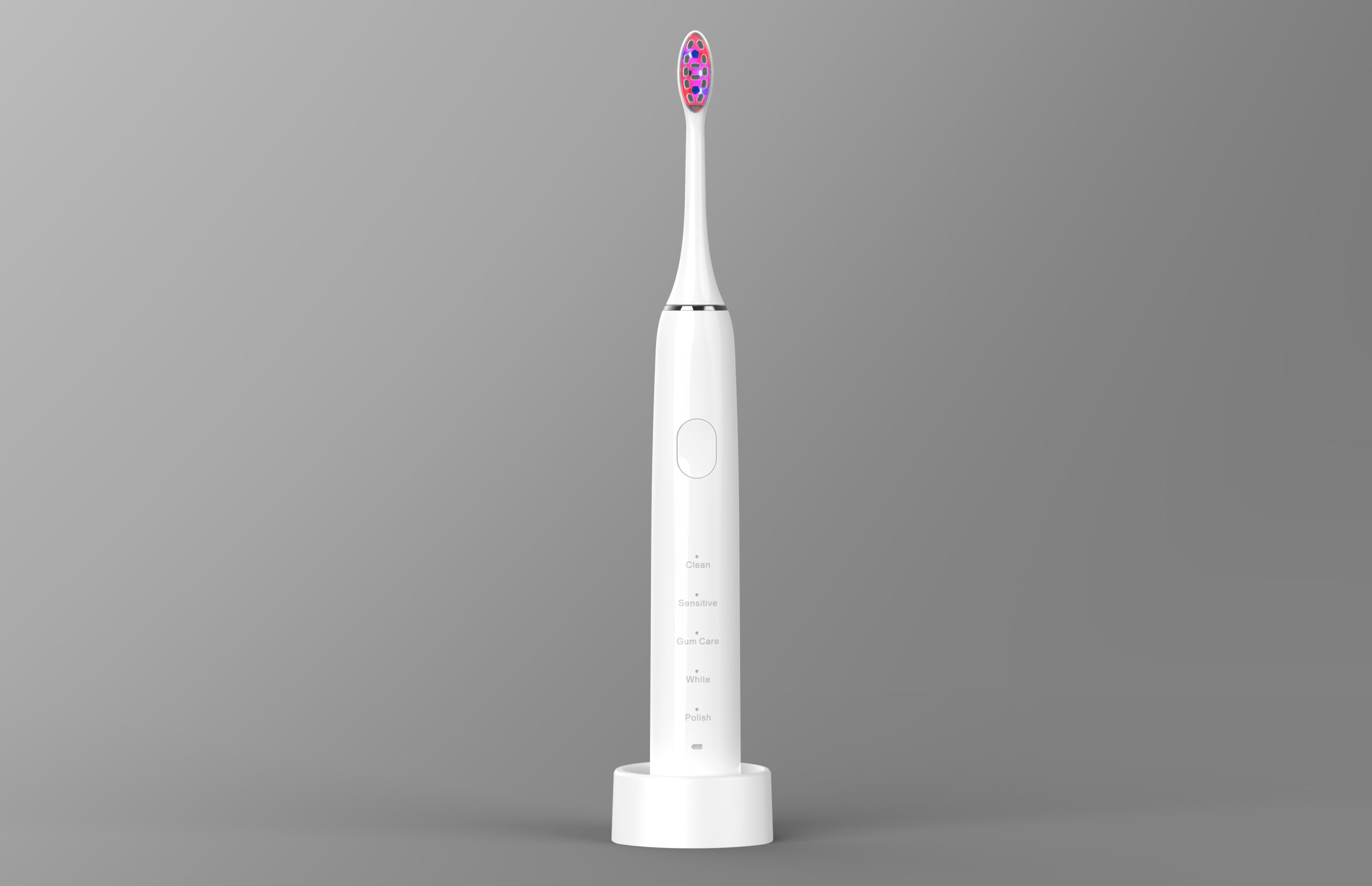
Interested in Whitening Pen OEM or Wearable Whitening Strip Development?
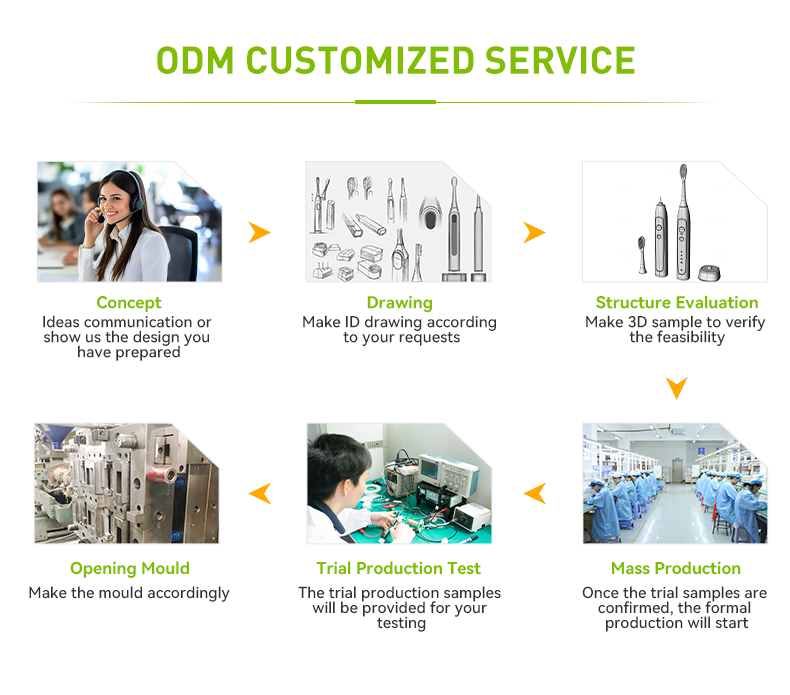
Does Your Contract Manufacturing Agreement Provide Quality Certification Support?
.jpg)
Sonic Electric Toothbrush Customizable High Quality
.jpg)
Children Powered Toothbrush Customizable
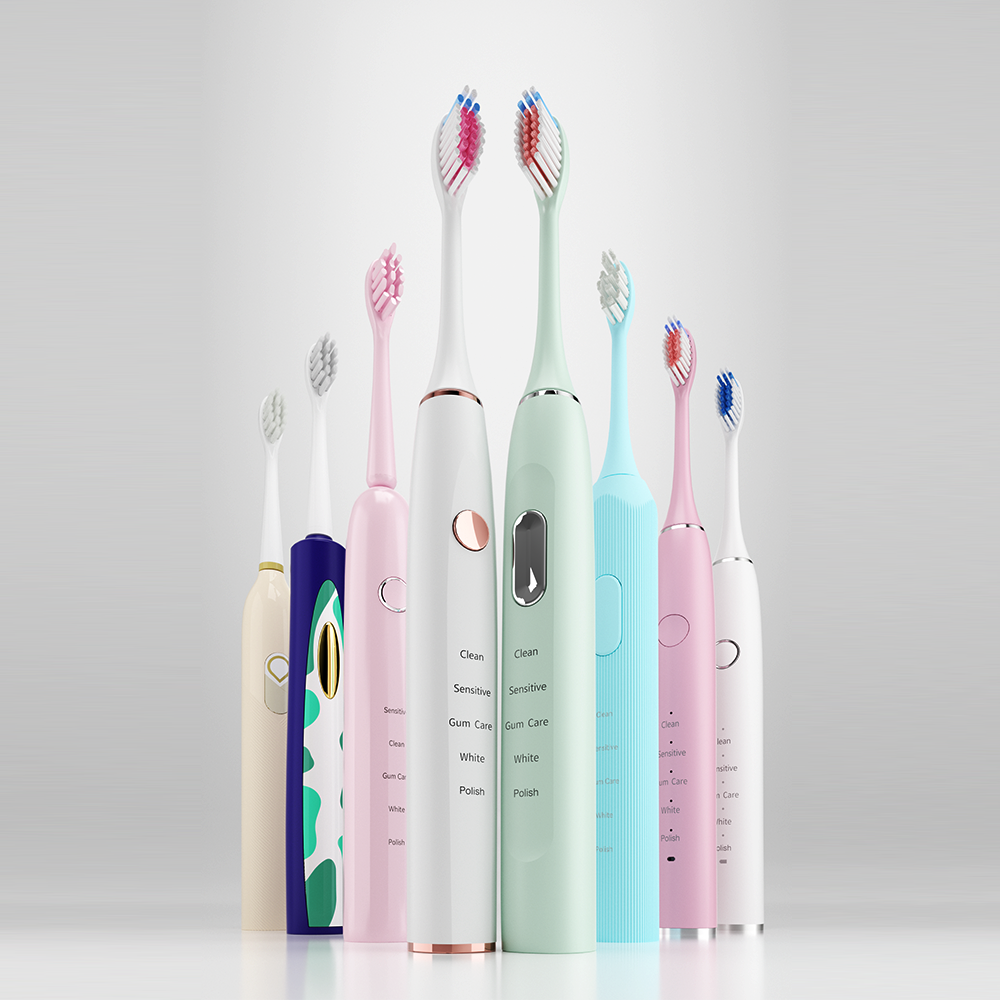
Wave Vibrating Sonic Toothbrush Available for OEM ODM
.jpg)
Sonic Toothbrush Smart Timer Private Label
.jpg)
Customizable Kids Electric Toothbrush

LED Sonic Electric Toothbrush Available for Customization
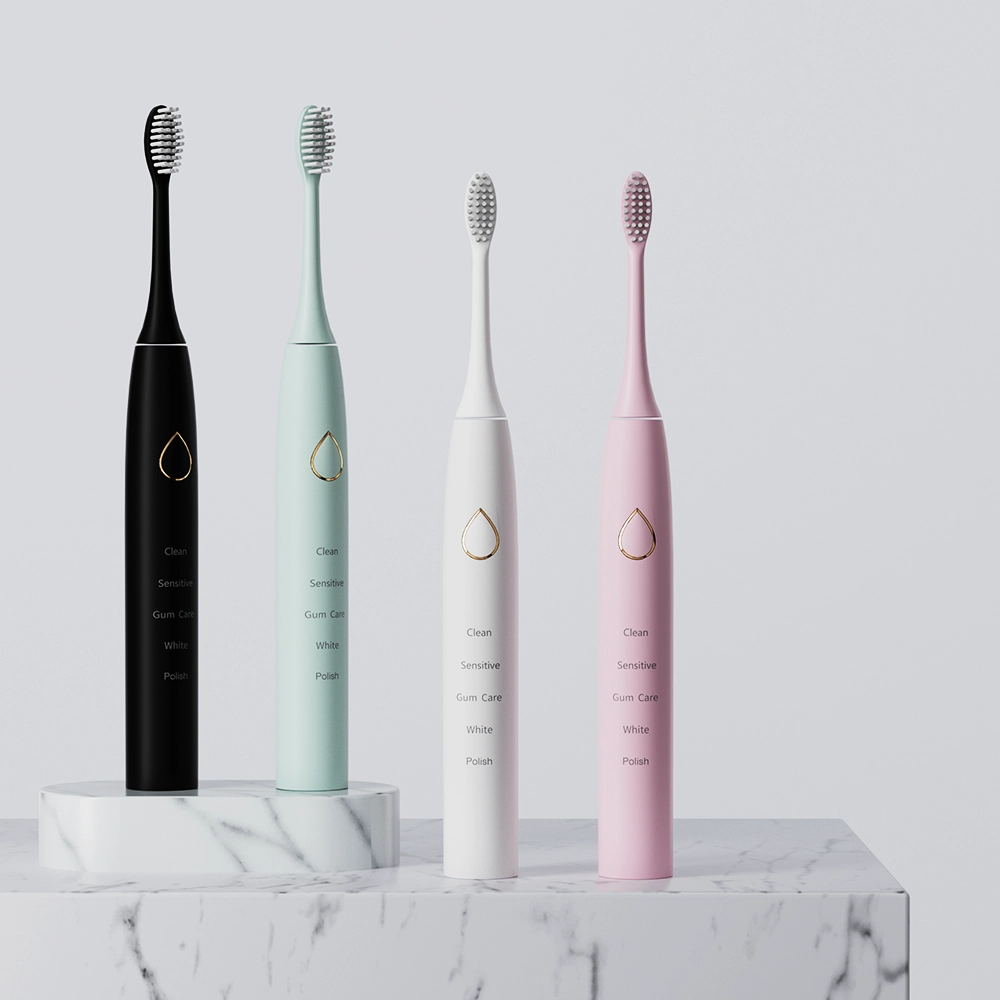
Custom Logo Private Label Sonic Toothbrush
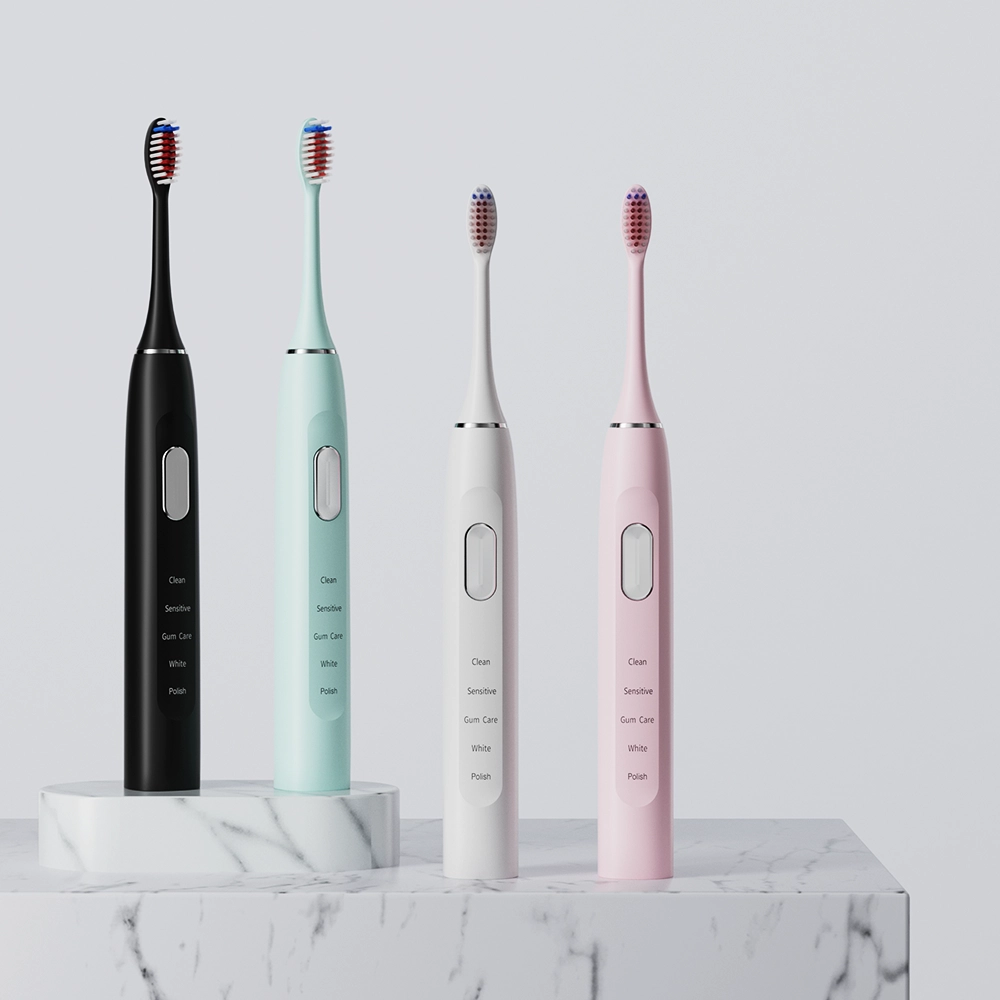
Ultrasonic Electric Toothbrush Custom Logo
.jpg)
Customizable Water Flosser Big Tank UVC Sterilization
Specification Model Name: PTR-X6 Material: PC, ABS Battery type: 2000 mAh lithium battery Rated voltage: DC 3.7V Fully Charged: ≤6H Product Size:76.5x71.5x290mm Waterproof: IPX7 Frequency: 1.jpg)
Children Sonic Electric toothbrush
Product series: Children Product color: white, pink, green (can customize other colors) Product features: Brush head: food-grade ABS material, safe and healthy; German PEDEX color-changing bristles.jpg)
Florida Electric Toothbrush – Powsmart PTR-C8
.jpg)
Travel Size UVC Oral Irrigator OEM Available
Specification Model Name: PTR-X3 Material: PC, ABS Battery type: 1100 mAh lithium battery Rated voltage: DC 3.7V Fully Charged: ≤6H Product Size:221x64x45mm Waterproof: IPX8 Frequency: 1800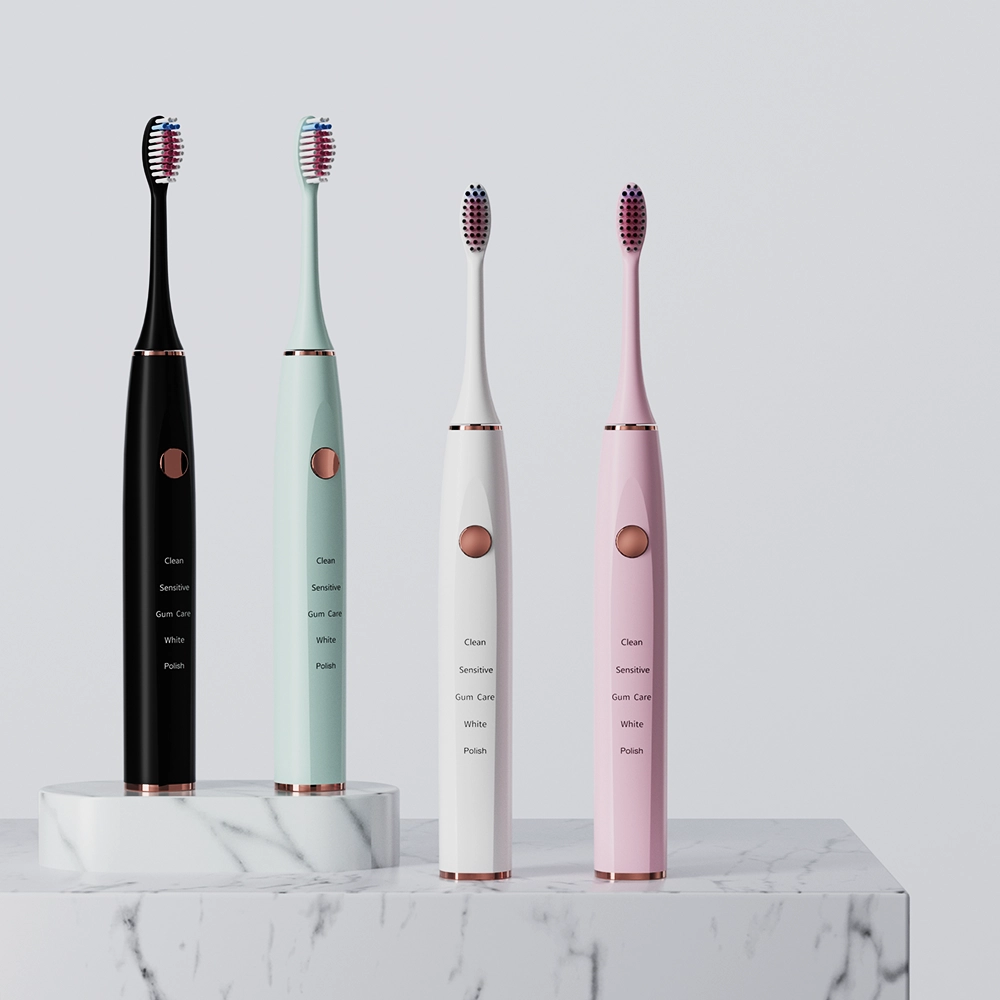
Private Label IPX7 Electric Toothbrush OEM
.jpg)
Electric Toothbrush Customized Logo Rechargeable USB-C

electric toothbrush heads Regular Clean
Regular Clean Brush Head 6mil (0.152mm)Dupont Tynex Classic Bristles. Conveys sonic vibration effectively 80% End-rounded rate, Clean while doesn’t damage enamel Color Reminder: Pedex Reminder-1.jpg)
OEM Available Electric toothbrush For Kids
-1-scaled.png)
Customizable Teeth Whitening LED Light
-2-scaled.png)
Private Label Teeth Whitening Accelerating Light
1-scaled.jpg)
Red & Blue Light Teeth Whitening Device Custom LOGO
.jpg)
Sonic Electric Toothbrush Waterproof Custom Logo
Customer satisfaction
We prioritize customers' satisfaction by providing exceptional service and support.
sincerity
We are committed to upholding the highest ethical standards in all aspects of our business.

.jpg)
A sonic toothbrush is an advanced type of electric toothbrush that uses high-frequency vibrations to clean teeth.
.jpg)
A smart toothbrush is an electric toothbrush that connects to a smartphone app via Bluetooth.
.jpg)
Electric toothbrushes remove plaque more effectively than manual brushes, promoting better oral health.
Your professional source for private label electric toothbrushes
Your Vision, Engineered by Our Professional R&D. From concept to cutting-edge electric toothbrush.
Perfect Your Electric Toothbrush with Our Precision Sample Development. Let's align vision and reality, sample by sample.
Streamline your supply chain with our high-volume electric toothbrush manufacturing.
Wholesale electric toothbrushes of all types—for every market, every customer.
Our fast worldwide delivery gets your electric toothbrushes to shelves faster.
Our electric toothbrushes are manufactured under advanced ISO9001 & medical-grade ISO13485 standards.
Your most cost-effective electric toothbrush source—quality assured.
If a product is hot, there is a good chance Relish already has it in stock, just waiting for your label.
Get a Sample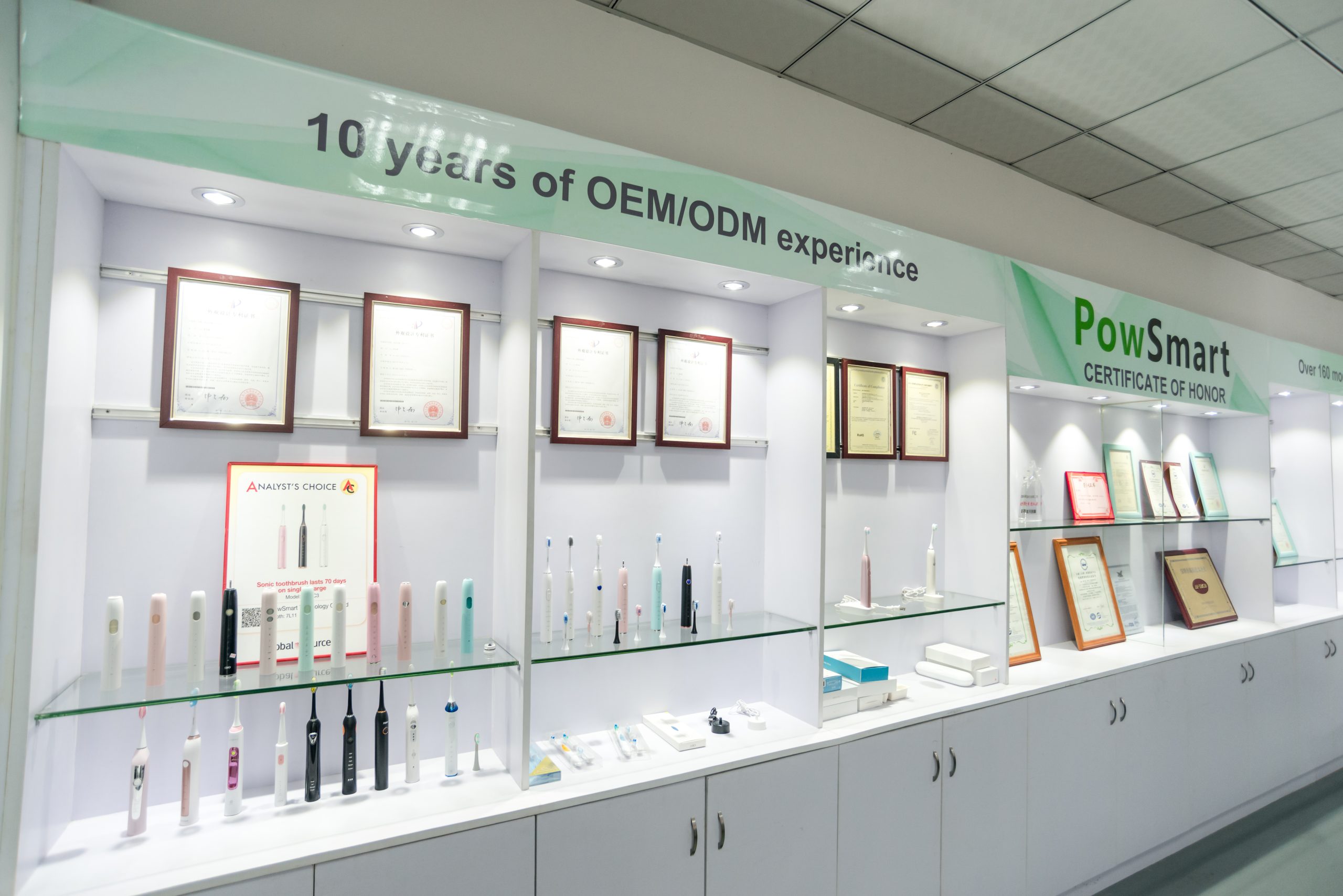
We arexporting our products globally from which the most well-known partners are Walmart, BestBuy, Honeywell, Target, Haier and Xiaomi.

Relish is ISO9001, ISO13485, BSCI certified, and FDA registered, with lots of certifications such as CE, CB, ROHS, CETL, FCC, PSE, SGS, ERP, LFGB, and Reach etc.